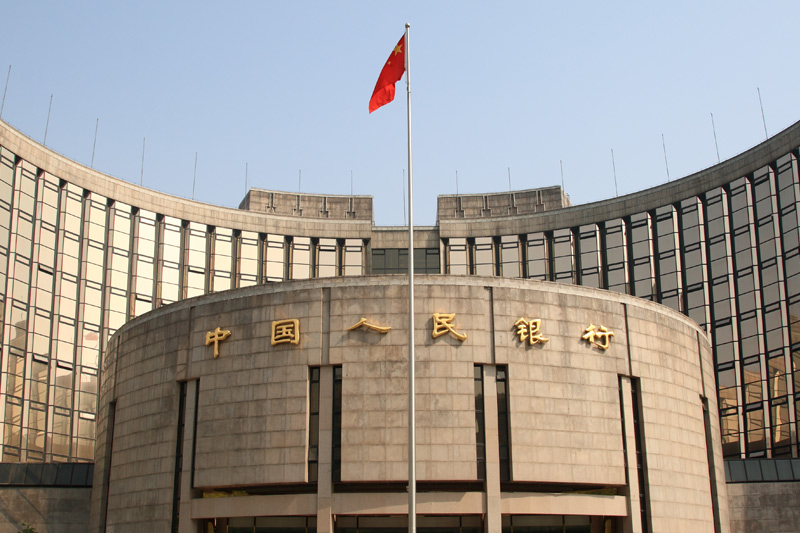(Bloomberg) -- China watchers expect the central bank to take policy action within days after top financial leaders made a strong pledge to boost markets and support the economy.
Past meetings of the Financial Stability Development Committee, chaired by Vice Premier Liu He, in 2018 and last year were followed by a reduction in the reserve requirement ratio or signals of a cut in the following days, CSC Financial Co. analysts said in a report late Wednesday.
Expectations are also growing that banks could lower their quotes for the loan prime rate, the de facto benchmark lending rate, when it’s announced by the People’s Bank of China Monday. That would be a rare move after the central bank kept a key policy rate on which the LPR is based unchanged earlier this week.
Investors saw the statement by Liu, China’s economic czar, as a reassurance that a crackdown on internet companies was nearing an end and the government would do more to prevent a collapse in the property market. It also signaled a step up in monetary and fiscal stimulus already highlighted at the annual parliamentary meetings earlier this month.
The committee vowed that monetary policy “will be proactive” and new loans will keep growing to boost the economy in the first quarter.
Liu Peiqian, China economist at NatWest Group Plc, brought forward a call for either a 50-basis point cut in the RRR or a 5-basis point reduction in the LPR in coming days.
“I expect more monetary easing policies to follow up and spur loan growth,” she said. The PBOC has an incentive to use “high-profile, broad-based easing” in the short term as that will stabilize market sentiment, even though further easing may be more gradual and targeted going forward, she said.
Xing Zhaopeng, senior China strategist at Australia and New Zealand Banking Group., predicts a targeted RRR cut for large banks and possibly a 5 basis-point reduction in one-year and five-year LPRs, respectively.
Chinese stocks soared for a second day. The Hang Seng China Enterprises Index, a gauge of Chinese firms listed in Hong Kong, surged as much as 8.2% early Thursday following its biggest jump since 2008 in the previous session. The CSI 300 Index rose more than 3%. Property shares were among the biggest gainers after regulators said they would not expand a trial on property taxes this year.
While signs of a market bottom are piling up, traders say more concrete measures in the property and tech sectors are needed to tell if the turnaround is here to stay.
Foreign investors net sold Chinese stocks for eight straight sessions through Wednesday, matching a streak in October 2020. The amount of shares trimmed totaled 66.8 billion yuan ($10.5 billion) during the period, more than triple the value seen nearly two and half years ago. The traders returned on Thursday, snapping up 3.2 billion yuan worth of equities as of the mid-day break.
The PBOC held its key interest rate for one-year policy loans unchanged earlier this week, confounding the expectations of the majority of economists polled by Bloomberg who expected a cut in the medium-term lending facility rate.
With the U.S. Federal Reserve kicking off its rate hike cycle Wednesday, the room for more easing by the PBOC could narrow as the spread between rates in China and the U.S. declines, putting pressure on capital outflows.
The gap between China-U.S. 10-year government bonds shrank to 61 basis points on Wednesday, the smallest since March 21, 2019 and down from 127 basis points at the end of last year.
The PBOC held a meeting Wednesday chaired by Governor Yi Gang, issuing its own statement shortly after the financial committee, saying it will step up support for small businesses and the real economy. The central bank also pledged to coordinate policies with other government agencies to boost confidence and keep capital markets stable.
(Updates with ANZ analyst’s forecast, share gains, background on capital outflow.)
©2022 Bloomberg L.P.
